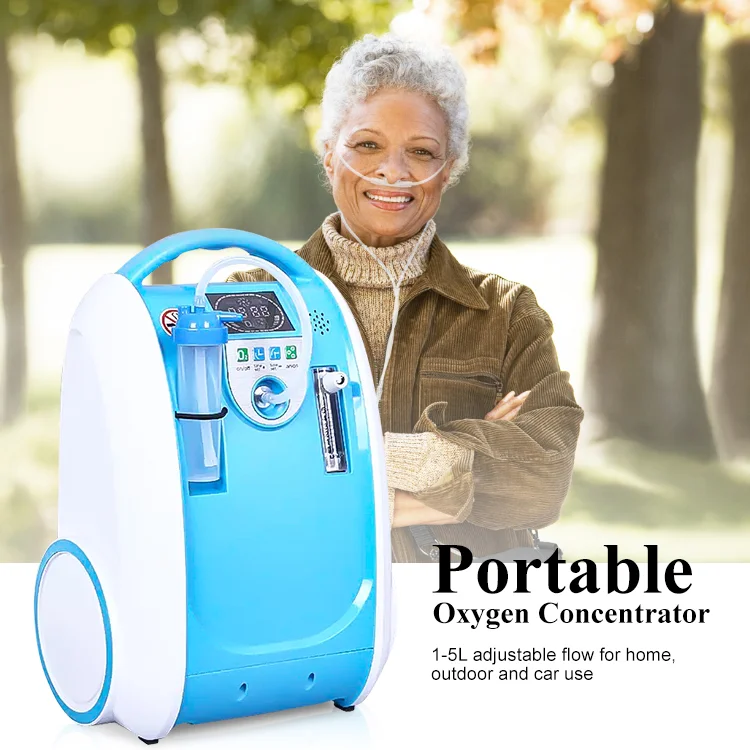
Oxygen concentrators play a vital role in treating chronic lung disease by providing supplemental oxygen to individuals with impaired lung function. Let's explore how these devices work:
Oxygen Generation: Oxygen concentrators use a process called pressure swing adsorption (PSA) or membrane technology to extract oxygen from the surrounding air. The concentrator takes in ambient air, which is composed of approximately 21% oxygen, along with other gases like nitrogen.
Air Filtration: The incoming air passes through a series of filters, removing impurities, dust, and other contaminants. This ensures that the oxygen delivered to the patient is clean and pure.
Oxygen Separation: In the PSA method, the air is compressed and directed into a chamber containing a zeolite material. Zeolite has a unique property to selectively adsorb nitrogen while allowing oxygen to pass through. As a result, the oxygen molecules are separated from nitrogen and other gases, producing a concentrated stream of oxygen.
Oxygen Delivery: Once separated, the concentrated oxygen is delivered to the user through a nasal cannula, mask, or other delivery systems. The flow rate and concentration of oxygen can be adjusted based on the individual's prescribed requirements.
Continuous Operation: Oxygen concentrators can operate continuously as long as they have a power source. Some models have built-in batteries, allowing for portable use, while others need to be plugged into an electrical outlet.

The Benefits of Portable Oxygen Concentrators
Portable oxygen concentrators offer numerous advantages for individuals with chronic lung disease. Firstly, they provide a steady stream of oxygen, ensuring a constant supply without the hassle of frequent tank changes. Additionally, their small size and lightweight design facilitate mobility, allowing individuals to travel, go outdoors, and participate in social activities with ease. This newfound freedom leads to improved mental well-being and a more active lifestyle.
Overcoming Challenges and Enhancing Lives
Portable oxygen concentrators have revolutionized the treatment of chronic lung disease by addressing some of the challenges faced by patients. These devices have become quieter, more efficient, and offer longer battery life, allowing individuals to use them for extended periods without interruption. Moreover, advancements in technology have improved user interfaces, making it easier to operate and monitor oxygen levels.
